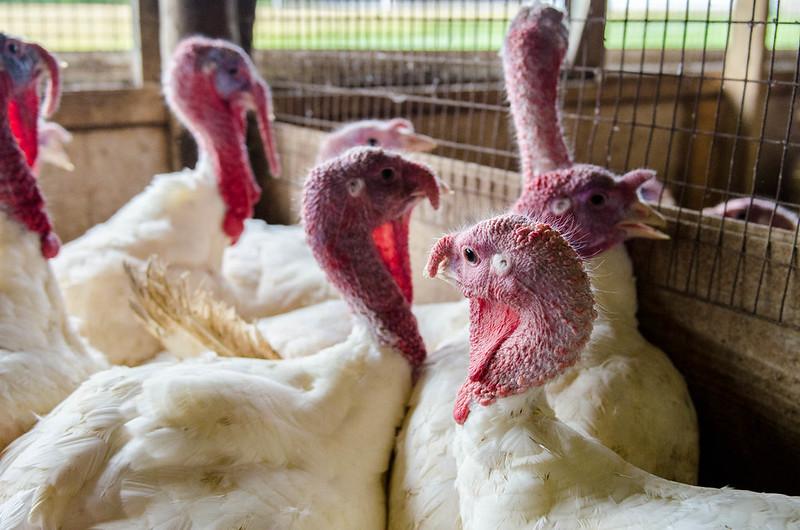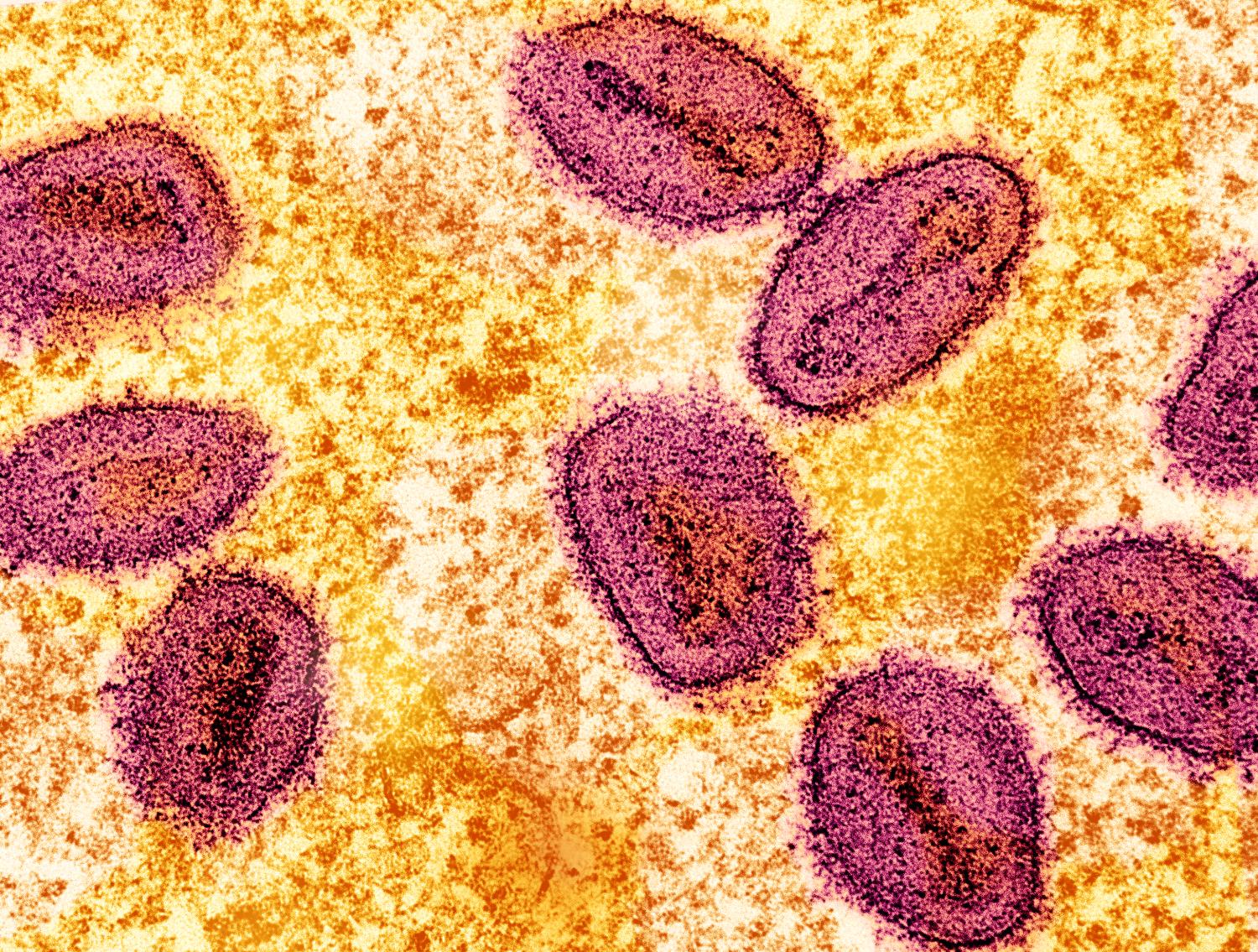Japanese drugmaker Shionogi yesterday announced plans to expand its infectious disease and antibiotic research and development (R&D) operations in the United States.
During a panel discussion at the BIO International Convention, Shionogi officials said they plan to establish the company's first US discovery laboratory. The lab will expand the existing R&D facility for San Diego–based Qpex Biopharma, which was acquired by Shionogi in 2023 and has an existing contract with the Biomedical Advanced Research and Development Authority to develop the investigational beta-lactamase inhibitor xeruborbactam.
"We need to address known health threats, including antibiotic-resistant bacteria, as well as prepare for rapidly emerging threats that could lead to future pandemics," Qpex President and CEO Michael Dudley, PharmD, said in a Shionogi press release. "This is a landmark opportunity to build upon the excellent track record of our organizations in discovering innovative antimicrobial drugs and bringing them to patients."
Shionogi officials say the company's expanded presence in the United States will advance its partnership network with antibiotic researchers in the public and private sector. Shionogi is one of the few large pharmaceutical companies that remains active in antibiotic R&D.
"In the race between antibiotic drug development and increasing resistance, the pathogens are winning," said John Keller, PhD, senior executive officer and senior vice president of the R&D supervisory unit at Shionogi. "If new antibiotics are not discovered and developed, we cannot overcome this public health crisis and are at risk of jeopardizing global health security."














